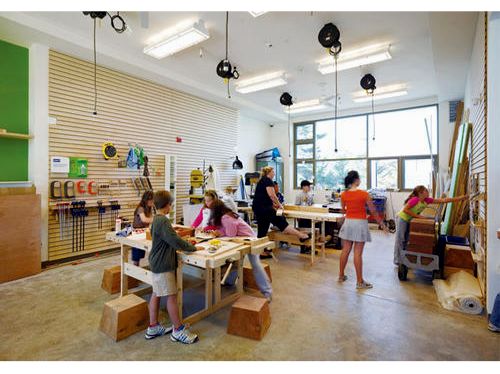


Results indicated that the Second Step curriculum did not affect behavior. Older students had higher prosocial behavior scores and younger students had lower scores on the program's content assessment. MANOVA indicated significant differences for grade only. The School Social Behavior Scales-2 (Merrell, 2002) was used to assess differences in aggression and prosocial skills. This study employed a randomized control group design with two treatment conditions Second Step instruction and Second Step instruction with digital role-playing, an adaptation of digital storytelling, to increase program effectiveness and intensify student motivation. Second Step, an internationally recognized violence prevention curriculum published by Committee for Children was implemented in an urban elementary school with 66 African American students in grades 3 through 5 for 9 weeks. Each elementary education Praxis or state content exam has a study guide or study companion provided by the publisher or state at no cost. "No Child Left Behind" requires all schools receiving Title IV funds to implement research based violence interventions. Several risk factors have been identified as antecedents to aggression including poor social skills, difficulty dealing with anger and frustration, and inadequate problem solving abilities.

School safety is one of the most important issues facing administrators, teachers, and parents.


 0 kommentar(er)
0 kommentar(er)
